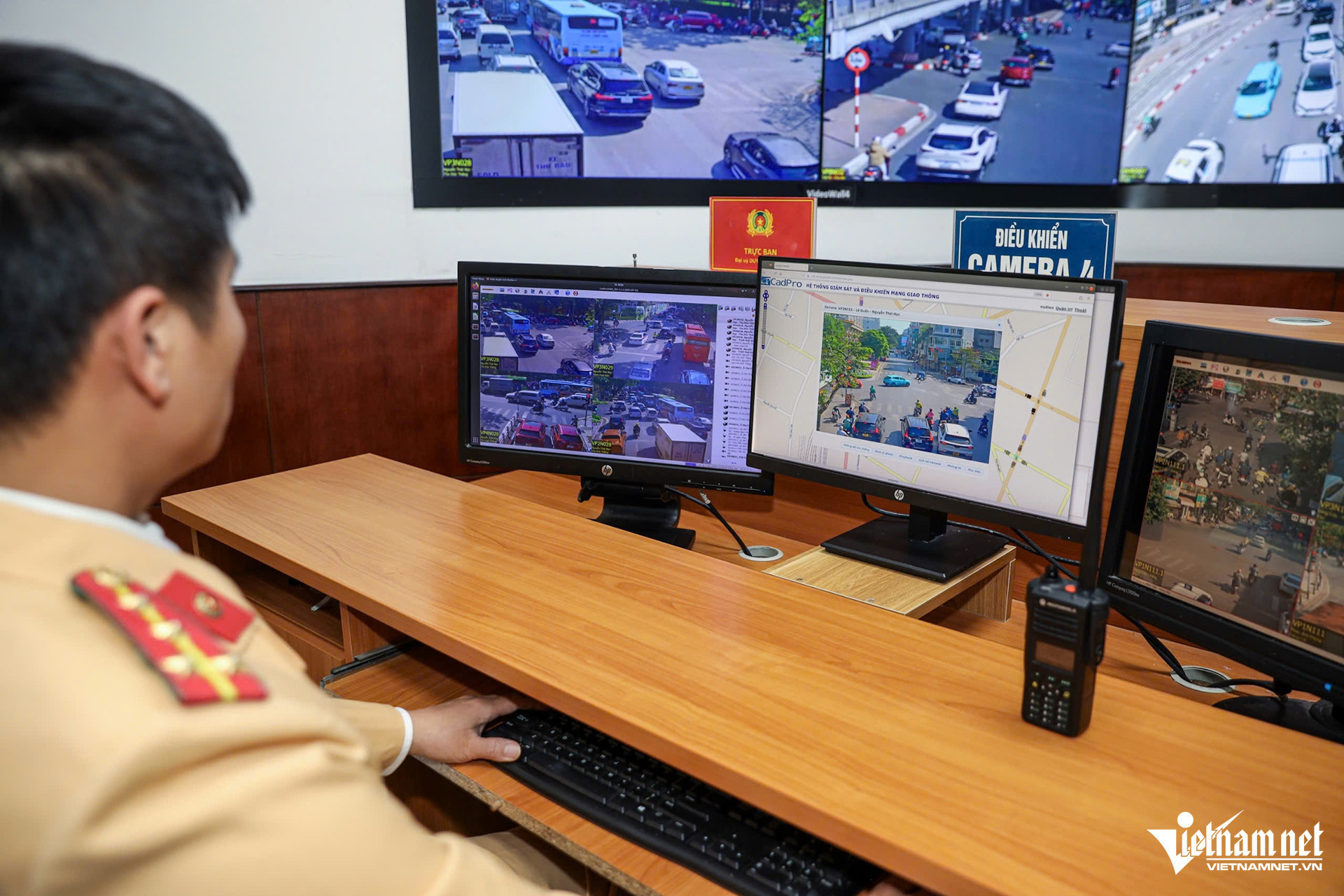For a long time, many road users believed that yellow lights served merely as a warning to prepare to stop, implying that vehicles approaching an intersection could continue driving without fear of penalties.
However, in recent months, authorities in various cities and provinces have started fining drivers for violating traffic light signals, including running yellow lights. This has raised questions about the legal basis and fairness of such enforcement, especially as automated ticketing via traffic cameras becomes more widespread.
Understanding the yellow light signal

According to Clause 4, Article 11 of the 2024 Road Traffic Order and Safety Law, traffic signals include three colors: green, yellow, and red, and may or may not display countdown timers.
Drivers are required to respond as follows:
A green light indicates the right of way. However, drivers must slow down or stop to yield to pedestrians or individuals in wheelchairs crossing the road.
A yellow light signals the need to stop before the stop line. If a vehicle has already reached or passed the stop line when the light turns yellow, it may proceed. When the yellow light is flashing, drivers are allowed to move but must slow down, observe, and yield to pedestrians or other vehicles when necessary.
A red light prohibits movement.
Therefore, vehicles that pass through a yellow light while already on or past the stop line are not in violation. However, if a driver accelerates to beat the yellow light before reaching the stop line, they may be fined for disobeying traffic signals.
Under Decree 168/2024/ND-CP, the fine for failing to obey traffic signals (including running yellow lights) ranges from USD 700 to USD 800 for car drivers and from USD 160 to USD 240 for motorbike riders. In addition, four points will be deducted from the driver’s license.
Divided opinions emerge

Although the rules are clearly stated in the law, the increase in penalties under Decree 168, effective from January 1, 2025, has angered many drivers.
Critics argue that it's often difficult to react in time to a yellow light. Sudden braking can be hazardous, especially for heavy trucks, container vehicles, or during rainy weather when roads are slippery.
Moreover, Vietnam’s traffic light systems lack uniformity, and not all intersections feature countdown timers. This inconsistency makes it hard for drivers to predict light changes, leading to what some consider unjust penalties. Drivers may be just a few meters from the stop line, and stopping suddenly could result in rear-end collisions.
As a result, many drivers believe yellow lights should merely serve as a buffer period to prepare for stopping at a red light - not as grounds for fines.
On the other hand, from a legal and safety perspective, penalizing yellow-light violations is seen as necessary to improve public awareness. If drivers continuously try to rush through intersections when the light turns yellow, the risk of accidents increases significantly.
The core issue lies in the need for transparent and standardized traffic light systems with clear countdown timers. This would eliminate “yellow light traps” that leave drivers with insufficient time to react.
Many argue that traffic police should apply flexibility and context-based judgment - particularly in cases involving automated camera fines for running yellow lights. For instance, if footage shows that a driver was too close to the stop line to safely stop, or that sudden braking might have caused an accident, then no fine should be issued. Such discretion would promote fairness and reduce public dissatisfaction.
Addressing the issue, a representative of the Traffic Police Department under the Ministry of Public Security said that observing from a distance allows drivers to better judge whether they can safely pass through the intersection before the signal changes.
“When approaching an intersection and the green light is about to turn yellow with only a few seconds left, especially in heavy traffic, drivers should slow down and stop. This reflects both civility and a culture of yielding on the road,” the representative stated.
The department also confirmed that fines will not be issued in cases where the signal malfunctions - such as abrupt color changes or lights changing before the countdown is complete.
Hoang Hiep